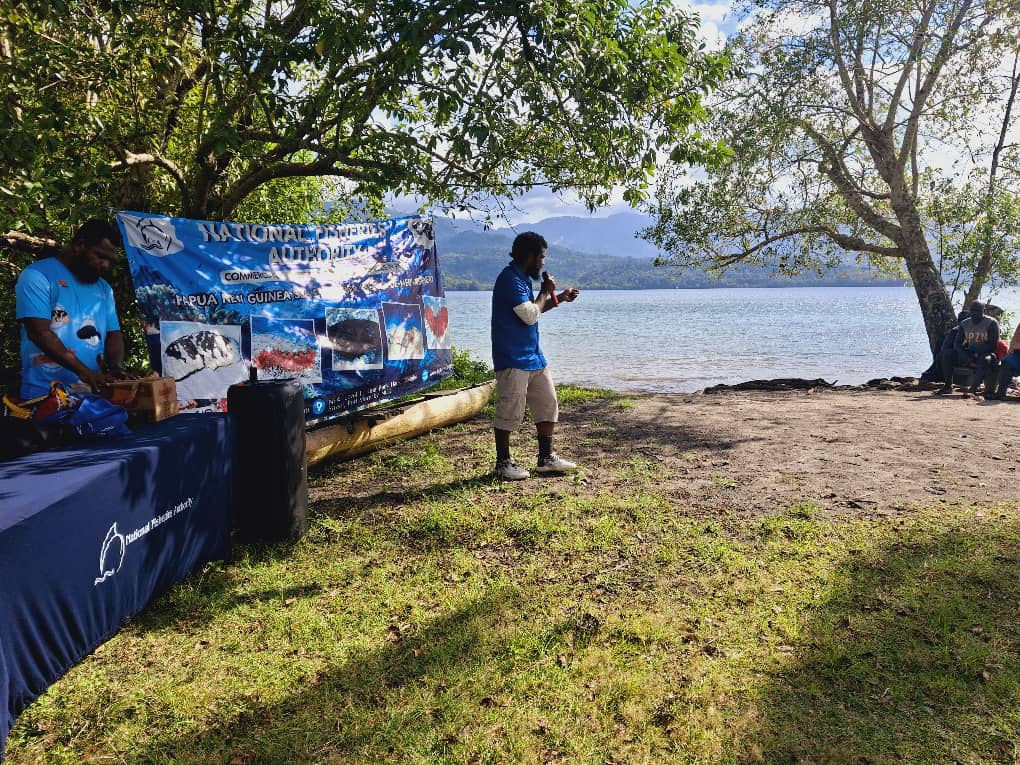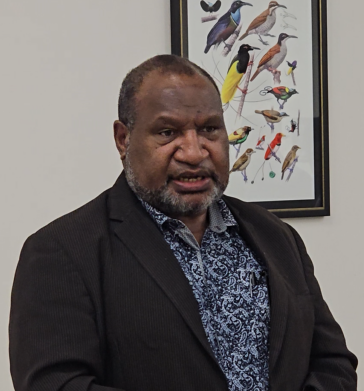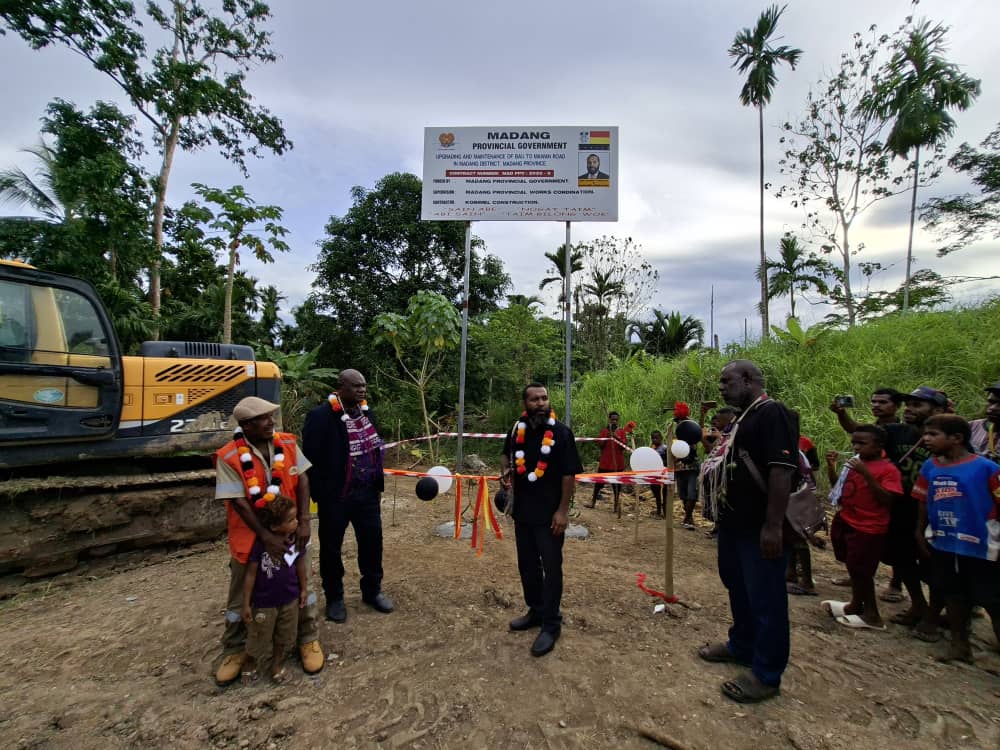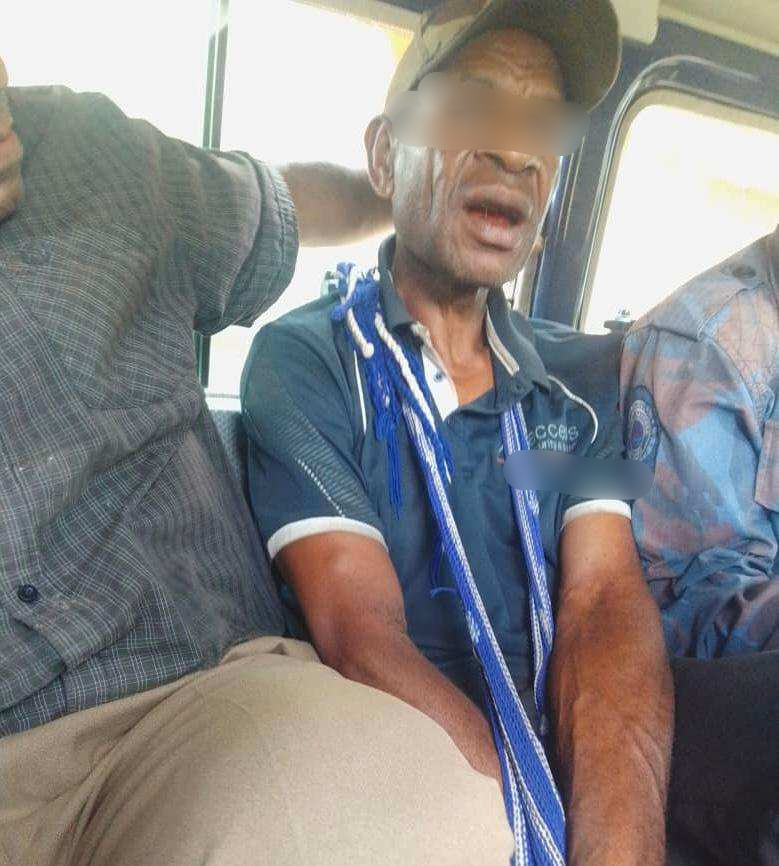The International Organization for Migration (IOM), in collaboration with the National Disaster Centre, and Provincial Disaster Centres (PDCs) of Western Highlands Province and Jiwaka Province, has recently conducted a series of Solutions and Mobility Index (SMI) training sessions in the Highlands region of Papua New Guinea.
The sessions, held in Mt. Hagen city in Western Highlands Province (29–30 September) and Banz in Jiwaka Province (2–3 October), brought together 48 participants (17 women and 31 men) from the government, Non-Governmental Organizations, civil society organizations, and local communities.
The training was aimed to build the capacity of provincial stakeholders to understand and use the SMI for decision-making to help support attainment of durable solutions for internally displaced persons (IDPs). The training introduced the SMI framework and its relevance to Papua New Guinea’s displacement context, strengthened participants’ ability to assess and interpret displacement data.
It also promoted the use of SMI findings to inform Provincial Disaster Management Plans and Initiatives, relocation strategies, and resilience building programming, and facilitated coordination and shared analysis among provincial authorities, communities, and partners.
By understanding how communities are living, the challenges they face, their future plans, and the progress made toward stability, local actors can make more informed decisions to support durable solutions for IDPs and host communities.
Participants explored the displacement and human mobility context in their provinces, examining SMI indicators and how the framework connects key elements of durable solutions such as shelter, livelihoods, safety and security, access to essential services (including water, sanitation and hygiene, education, and health), and social cohesion. This helped them gain a clearer understanding of living conditions and identify priorities to support durable solutions for displaced populations.
Ms. Diana Anis from Link of Hope gave insights to how she felt about the training, “Having accurate IDP data is important for planning and for finding durable solutions, like what happened with the families displaced by the Mulitaka landslide who have been displaced for quite a long time.”
“I also realized how important it is to work with government and to listen to what the displaced people themselves are planning.”
John Kupul, Jiwaka Provincial Disaster Coordinator, noted, that the SMI training complements the previous trainings provided by IOM, such as Displacement Tacking Matrix and Mass Evacuation in Disasters.
“This holistic approach will help us to take action and assist displaced populations transition from displacement toward durable solutions.”
The interactive sessions included group exercises, data interpretation discussions, and planning on how to integrate SMI findings into provincial development and disaster management plans.
The SMI trainings conducted in Mt. Hagen and Banz were funded by the U.S. Government through IOM’s project, ‘Addressing the Drivers and Consequences of Disaster Displacement Through Enhancing Resilience in Papua New Guinea.







